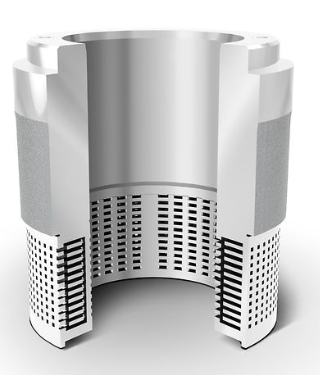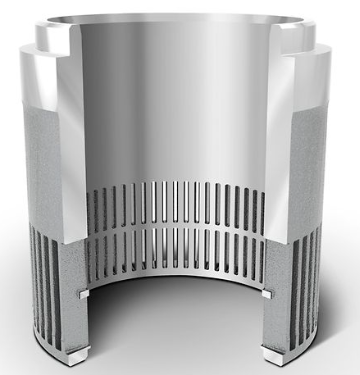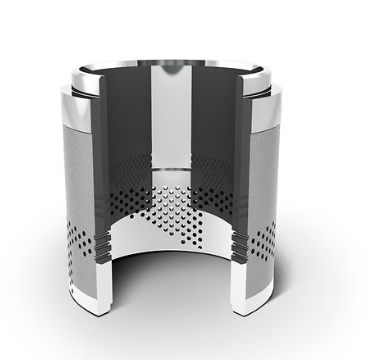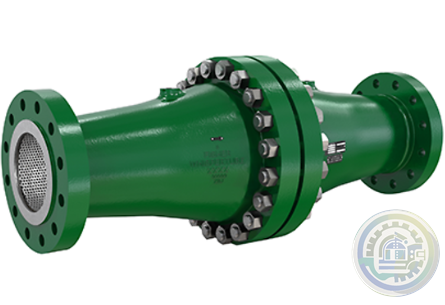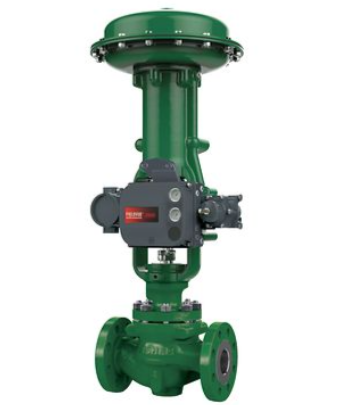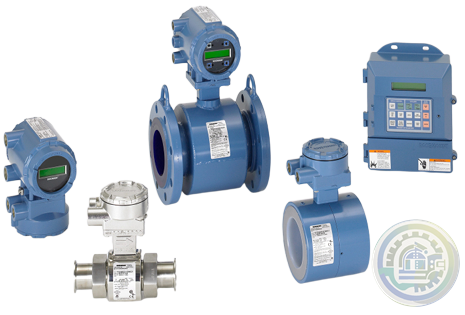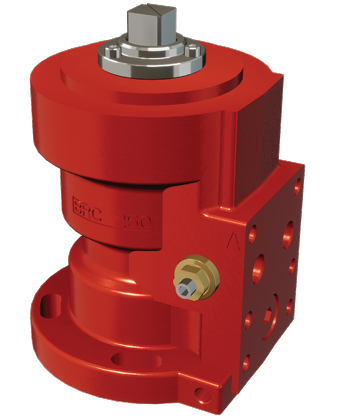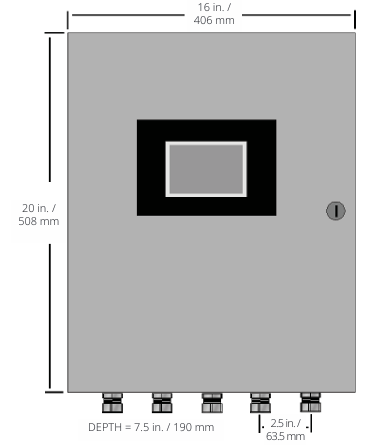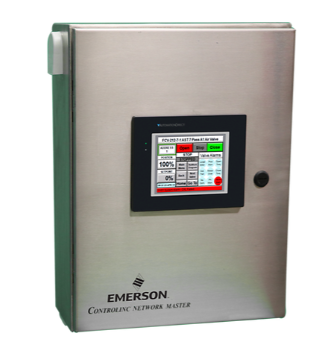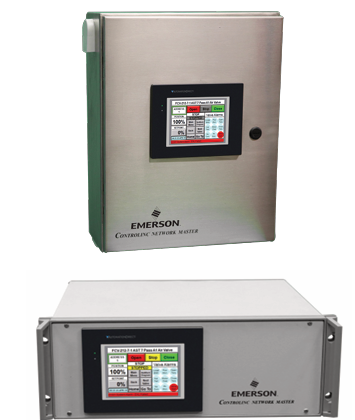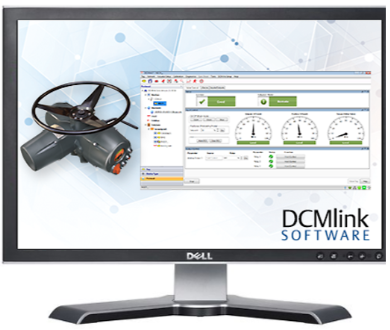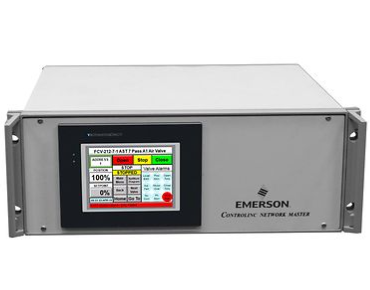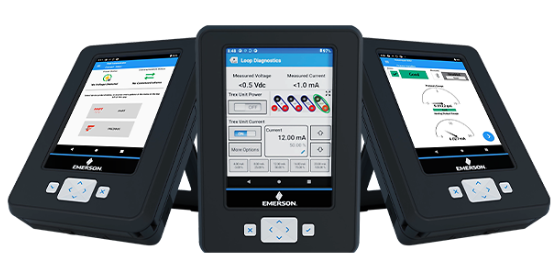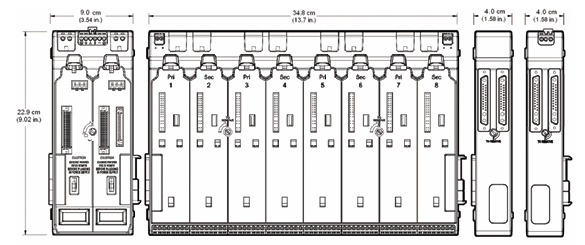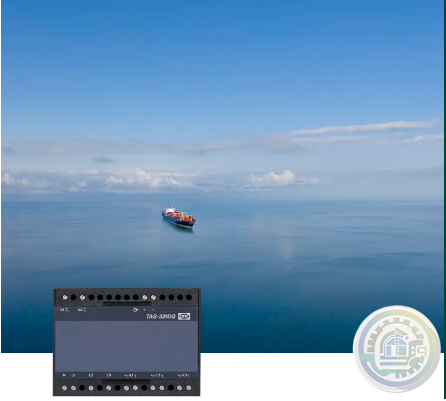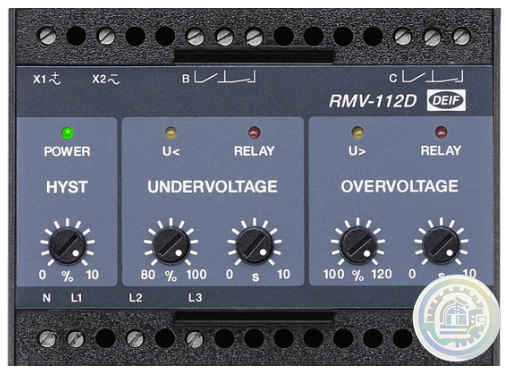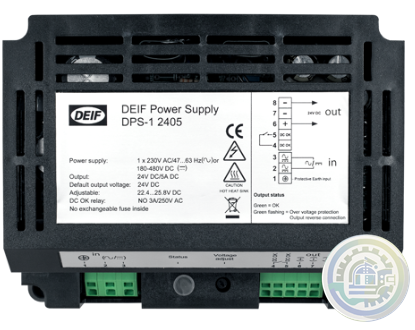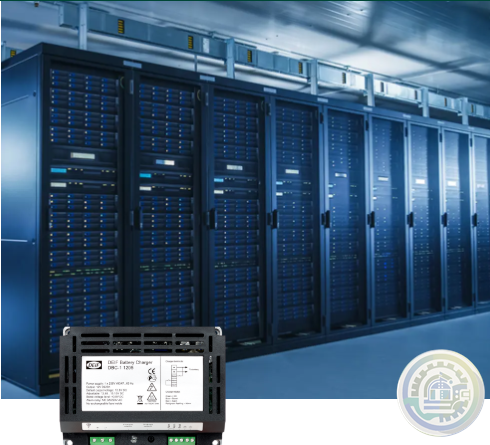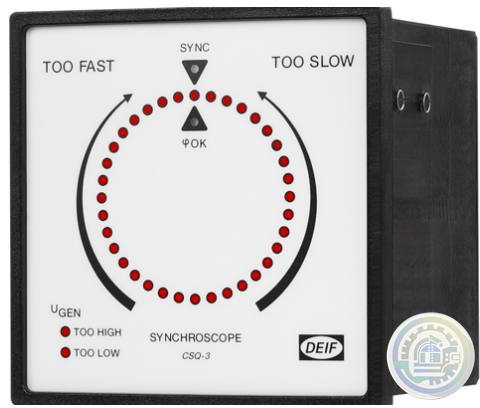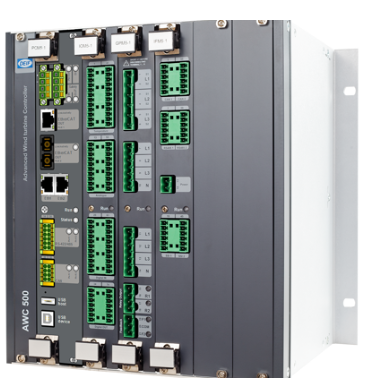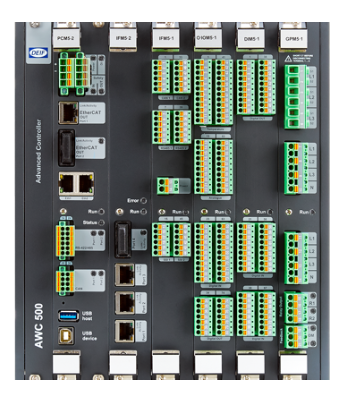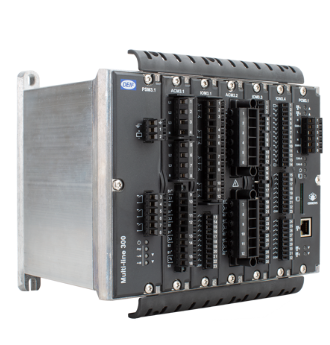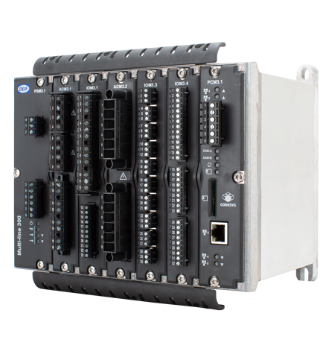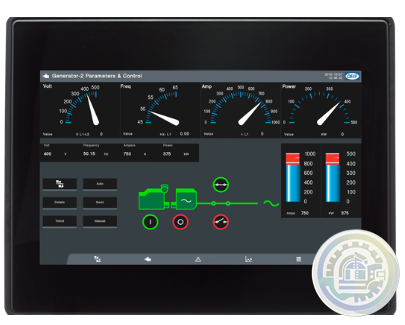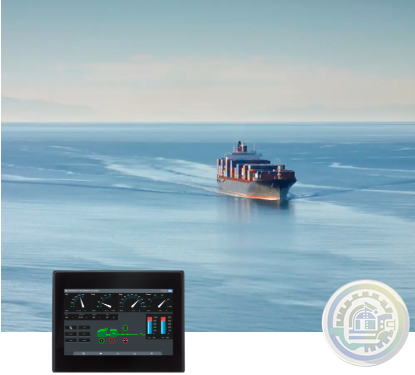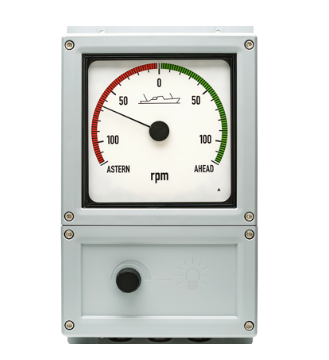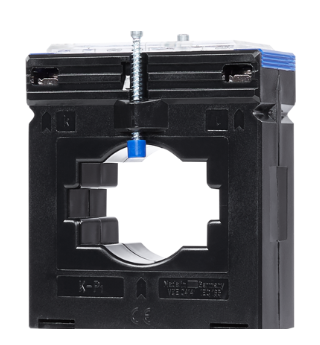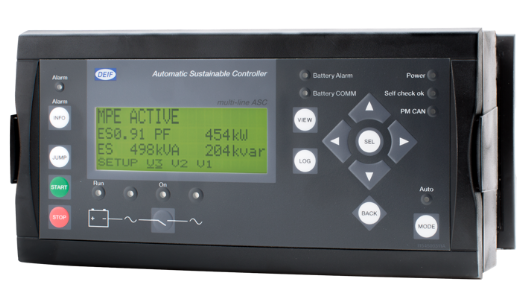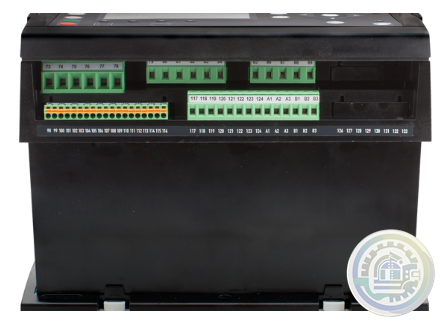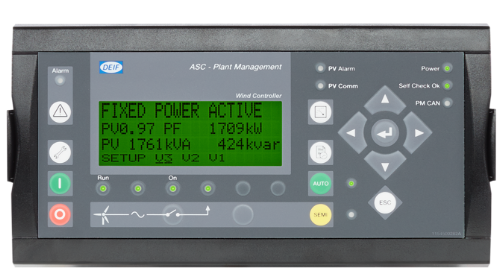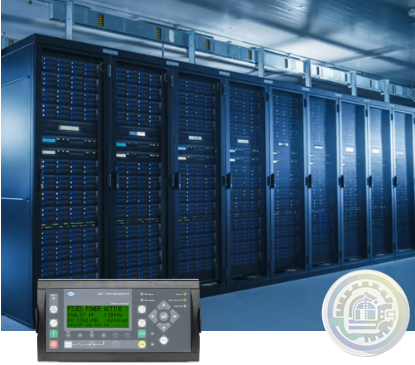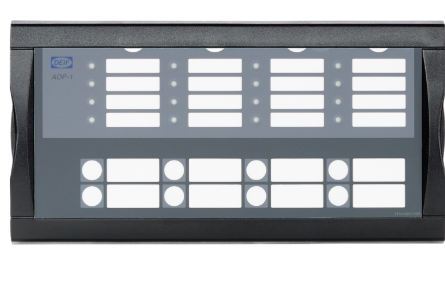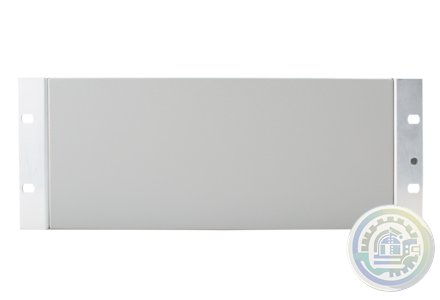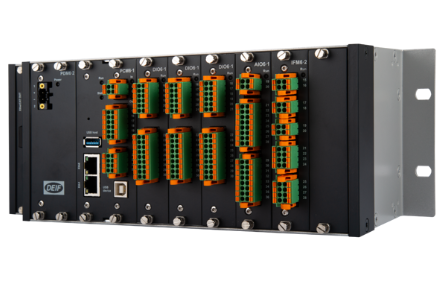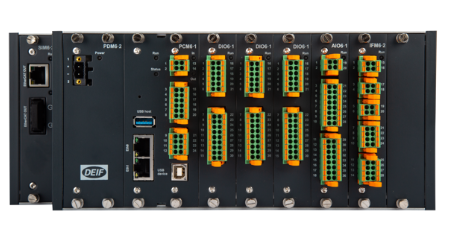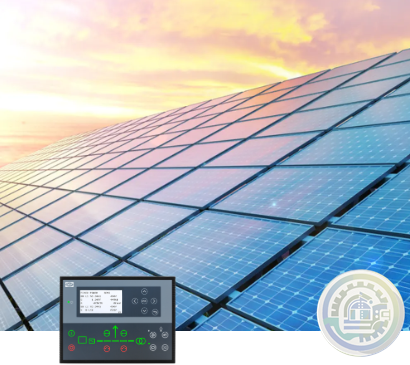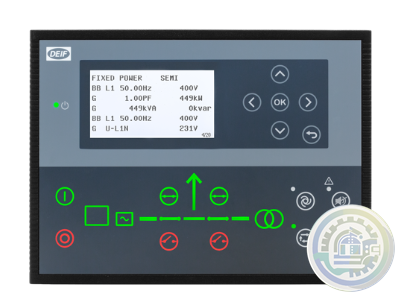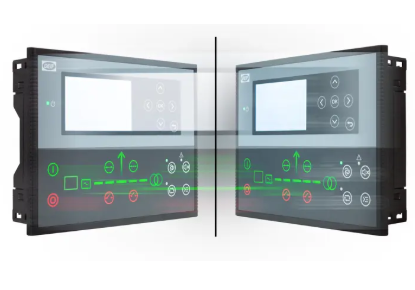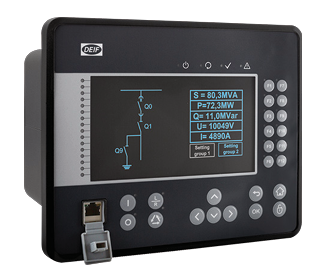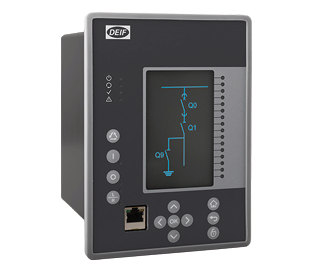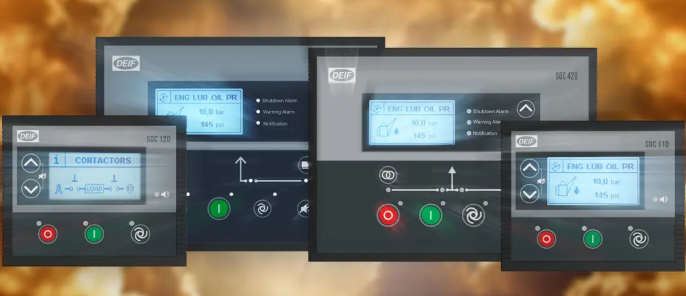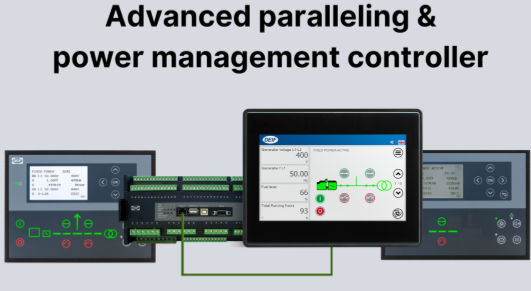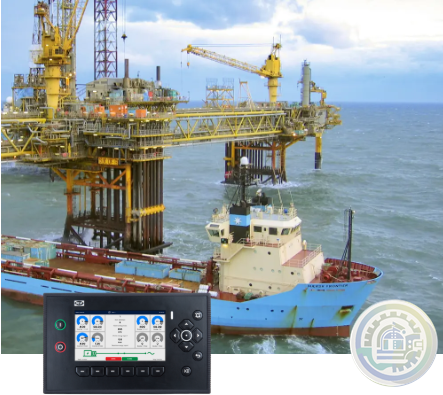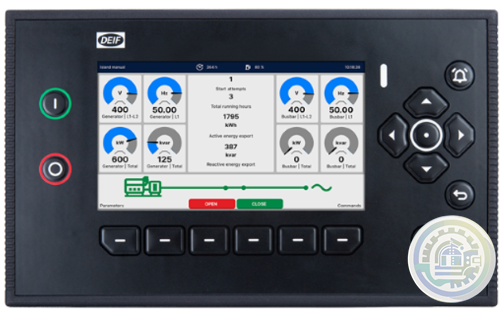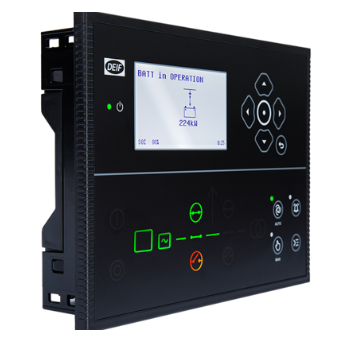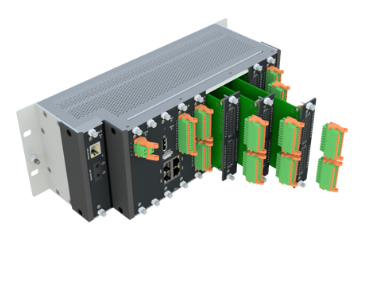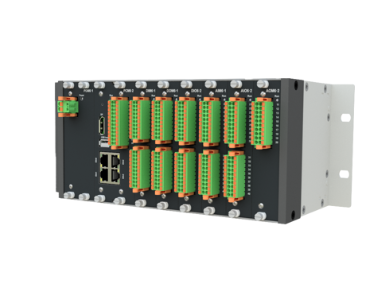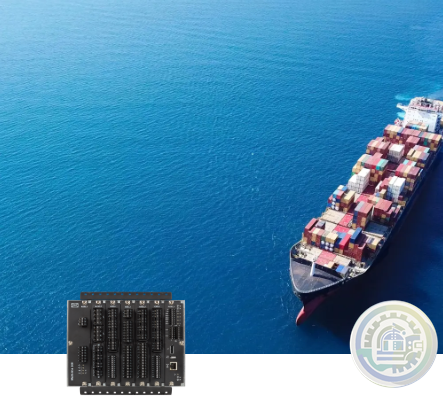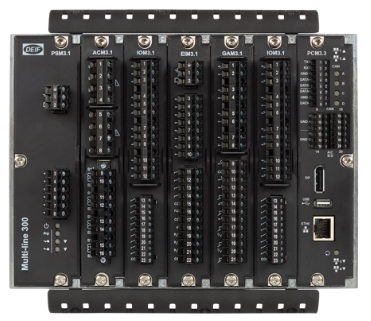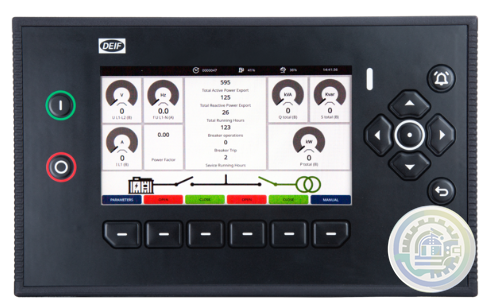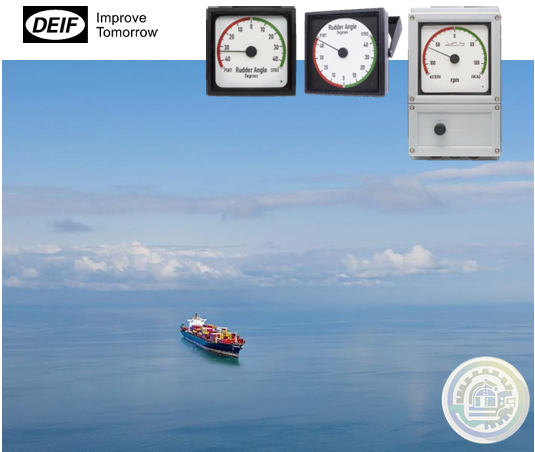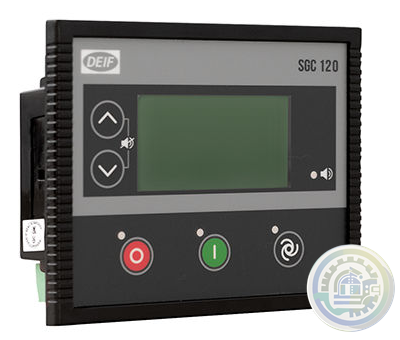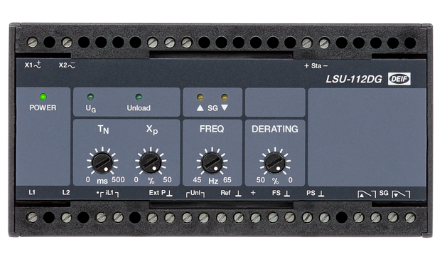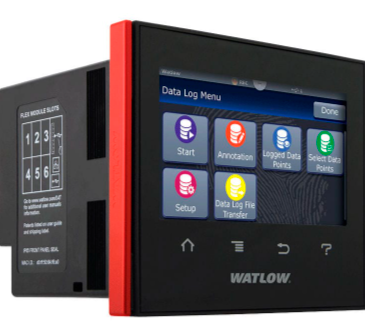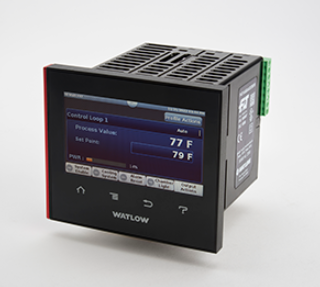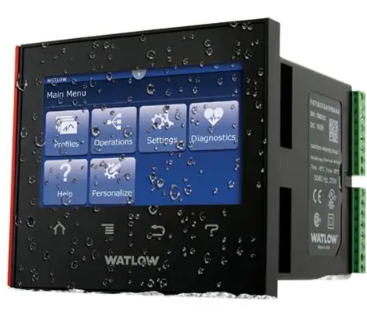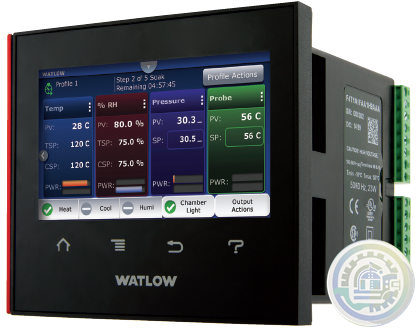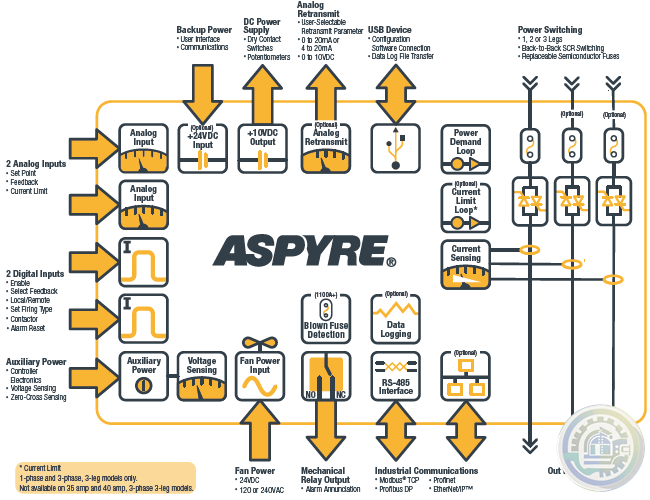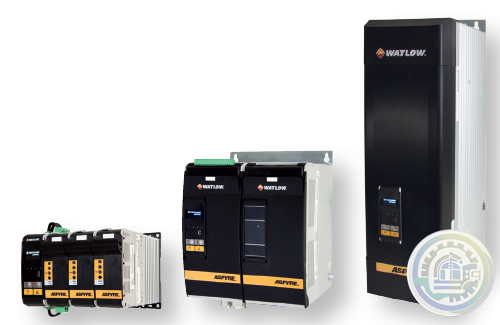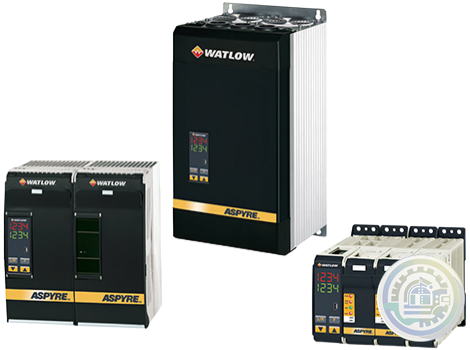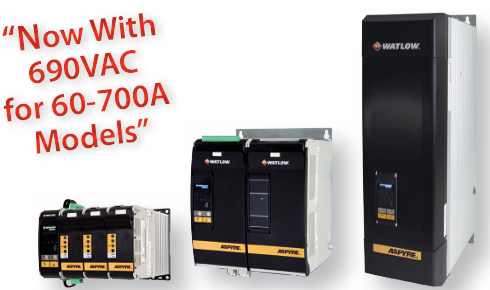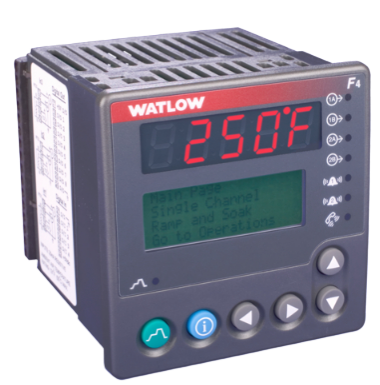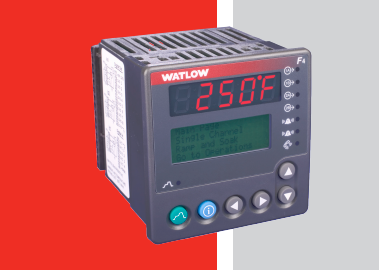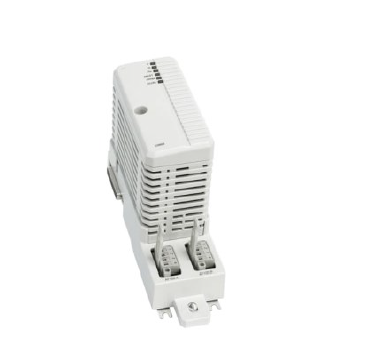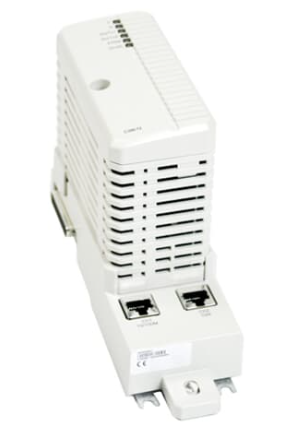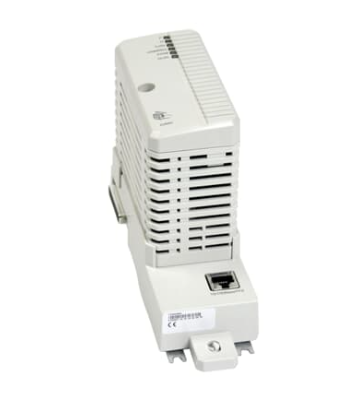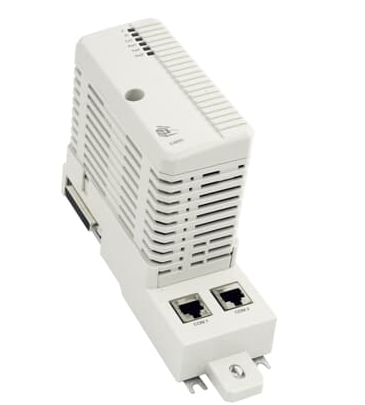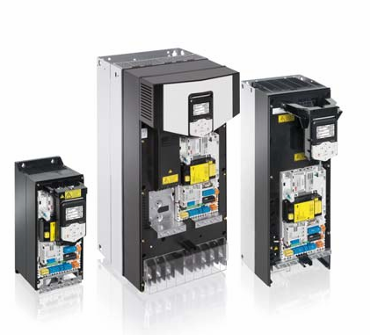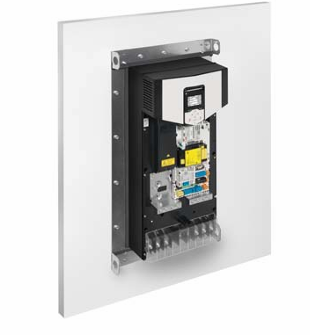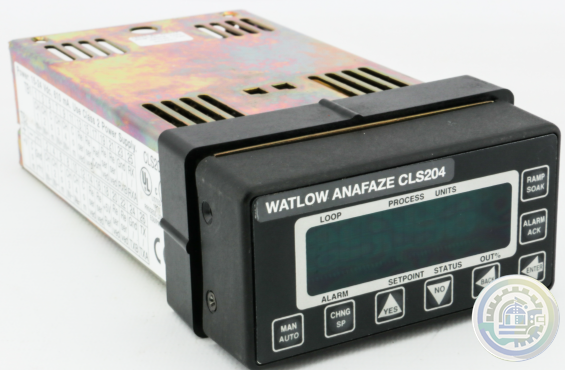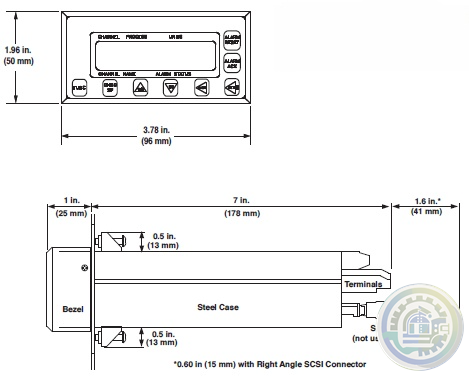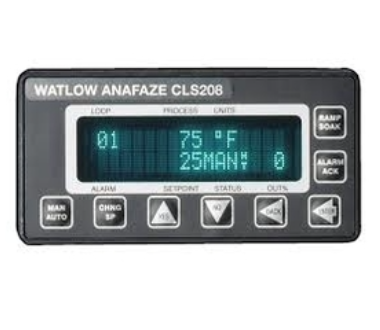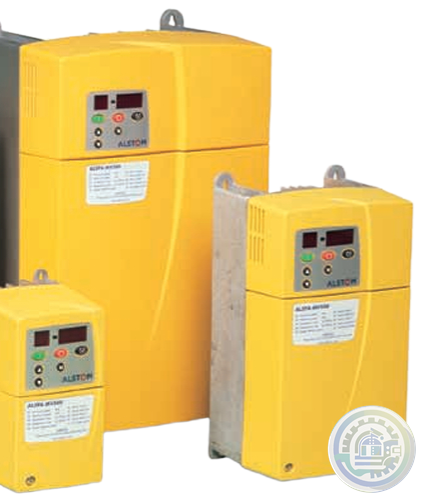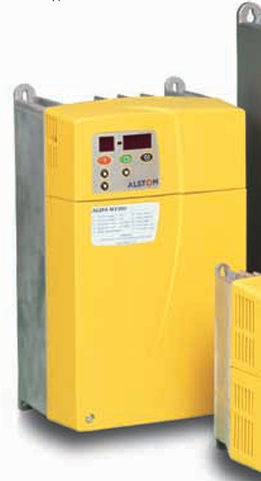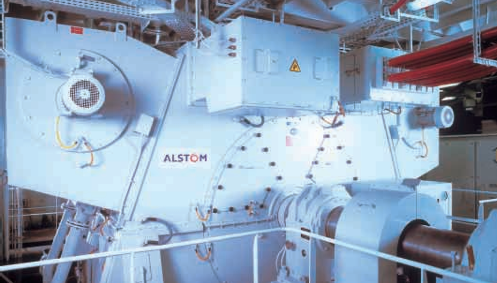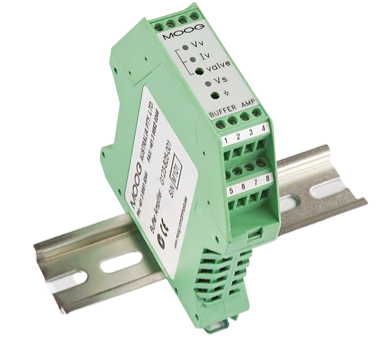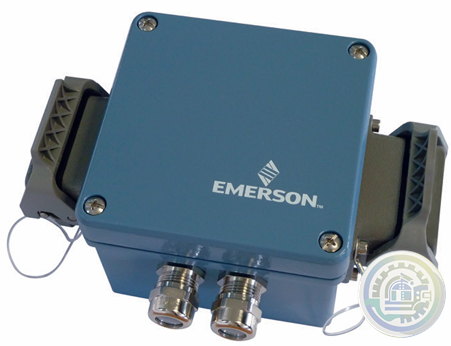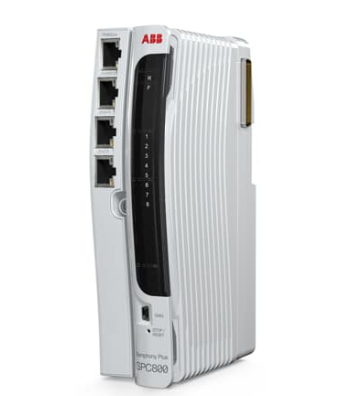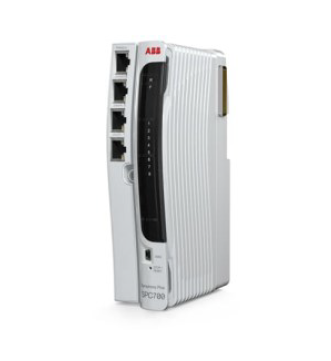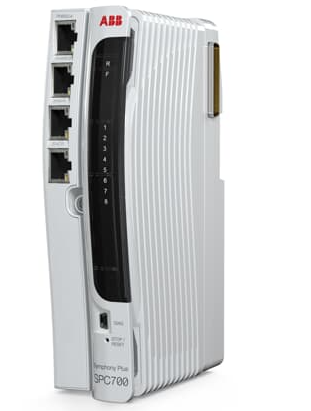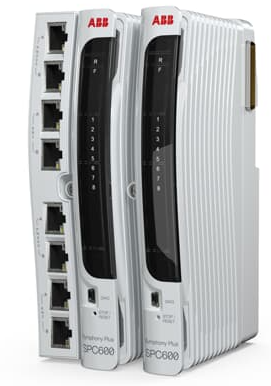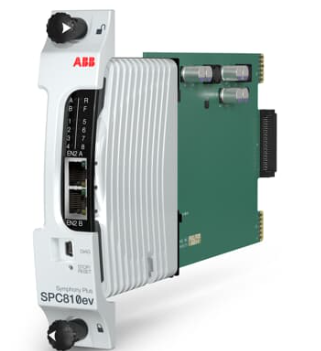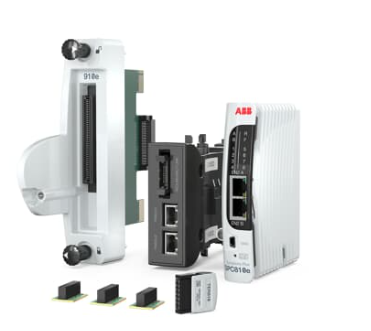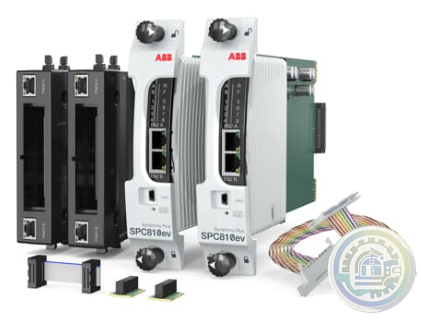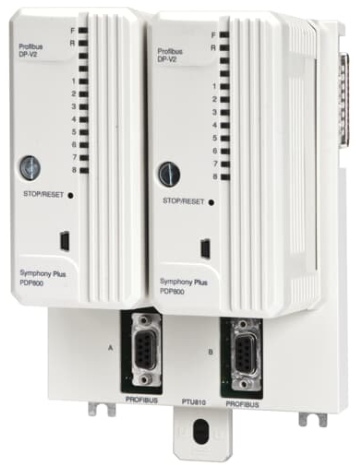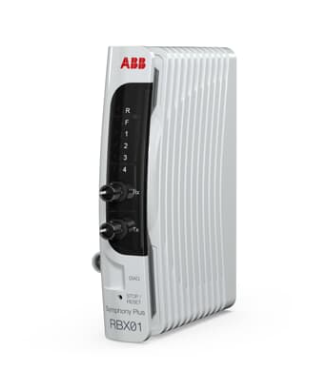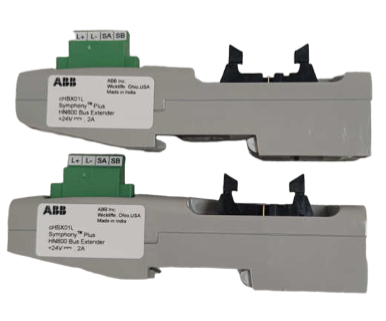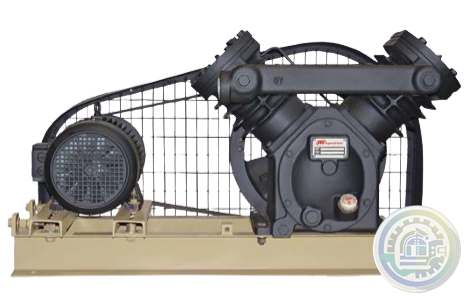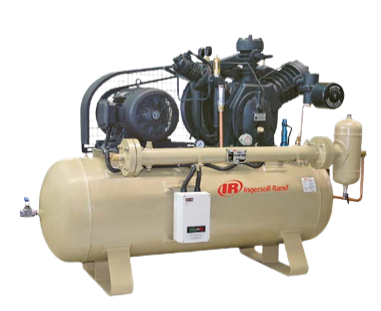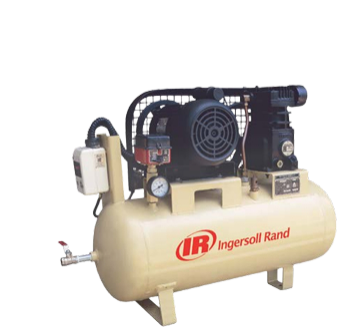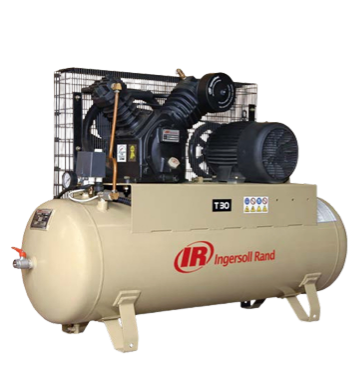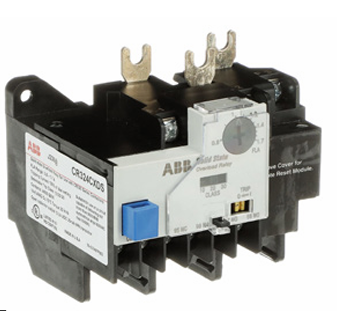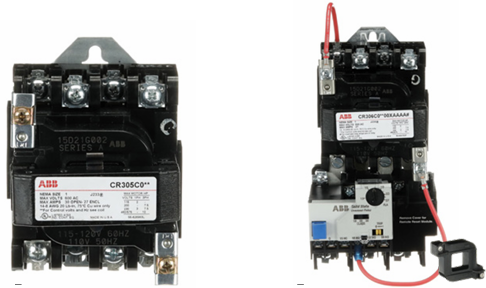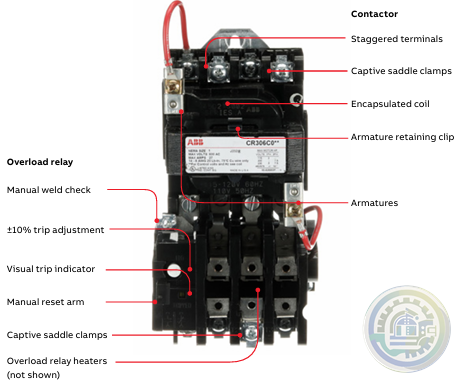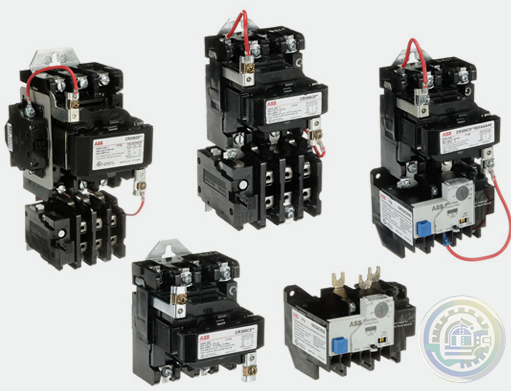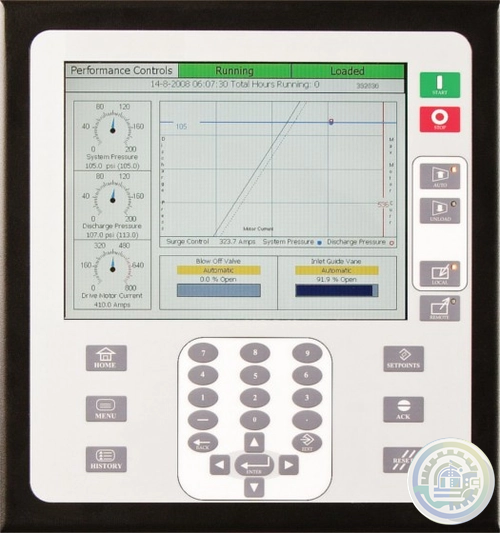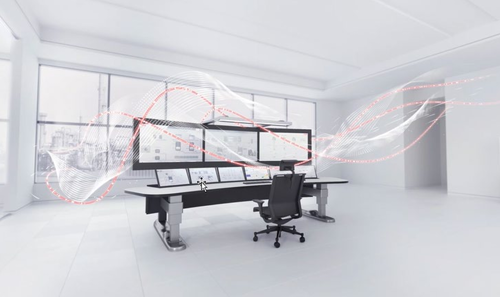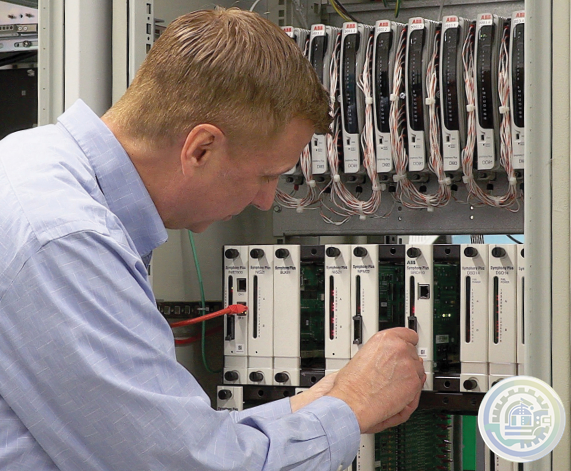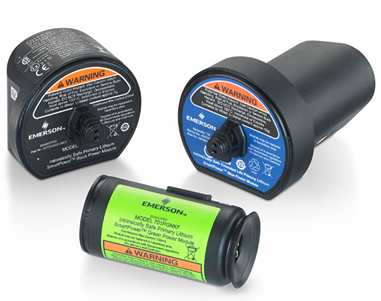-
Alstom 029.232 446 Central Unit VME A32/D32 | COP 232.2
-
ABB REF610B11LCNP Feeder Protection and Control
-
A-B 1794-IN106 Input/Output Analog Modules
-
General Electric 029.381208 Converteam Controller Module
-
Eaton XIOC-BP-3 Moeller 3-Signal Module Backplane
-
Emerson Fisher™ WhisperFlo™ Aerodynamic Noise Attenuation Trim
-
Emerson Fisher™ Whisper Trim™ I Cage
-
Emerson Fisher™ Whisper Trim™ III Cage
-
Emerson Fisher™ 6060 WhisperTube Modal Attenuator
-
Emerson Fisher™ easy-e™ EA SERIES Control Valve
-
Emerson Rosemount 8700 Series Magnetic Flowmeter Systems
-
Emerson Damcos™ BRC 250 Hydraulic Double-acting Balanced Rotary Actuator 90° (Quarter-turn)
-
Emerson Model M250N Mounting of Rack Mount Enclosure
-
Emerson Model M250N Controlinc Network Controller System Configuration
-
Emerson Controlinc Network Master Model M250 Version 5.2
-
Emerson DCMlink Software
-
Emerson M250 Controlinc Network Master
-
Emerson AMS Trex Device Communicator
-
Emerson AMS Trex™ Device Communicator with embedded Bluetooth® connectivity
-
Emerson S-series Horizontal Carriers Product Description
-
Emerson S-series Horizontal Carriers Modular design allows flexible installation
-
Emerson S-series Horizontal Carriers
-
DEIF TAS-331DG AC transducer for active or reactive power
-
DEIF RMV-112D Undervoltage and overvoltage relay, U< and U>
-
DEIF DPS-1 DC Power Supply
-
DEIF DM 400 hydro Integrated systems
-
DEIF DBC-1 Battery charger
-
DEIF CSQ-3 Multi-function synchroscope
-
DEIF CODESYS Programming editor and debug
-
DEIF CODESYS Features Software - AWC 500 development package
-
DEIF AMC 300 Features Advanced Programmable Controller
-
DEIF AMC 300 Performance and system design freedom
-
DEIF AMC 300 Flexible solution design options
-
DEIF AMC 300 Advanced Programmable Controller
-
DEIF AGI 400 Features Advanced graphical interface
-
DEIF AGI 400 Advanced graphical interface
-
DEIF BRW-2 & BW Analogue illuminated bridge wing indicators
-
DEIF Basic control package for mobile generators
-
DEIF AWC 500 - G59/3 Integrated G59/3 protection turbine controller unit
-
DEIF AWC 500 Advanced Controller
-
DEIF ASK & ASR Measuring transformer
-
DEIF ASC-4 Battery Energy source, power source, or droop mode
-
DEIF ASC-4 Battery Automatic Sustainable Controller
-
DEIF ASC plant management Ideal for self-consumption applications
-
DEIF ASC plant management Automatic sustainable controller
-
DEIF AOP Additional operator panel
-
DEIF AMC 600 Fast, fail-safe, and secure system software
-
DEIF AMC 600 Wide range of protocols supported
-
DEIF AMC 600 Programmable automation controller with EtherCAT based I/O
-
DEIF AL8-2 Alarm panel
-
DEIF AGC 150 Hybrid Advanced Genset Controller
-
DEIF AGC 150 PMS Lite Simple power management controller
-
DEIF AGC 150 Generator Advanced Genset Controller
-
DEIF AGC 150 Remote Display Remote access and control unit
-
DEIF MVR-250 series Medium Voltage Relay
-
DEIF MVR-210 series Medium Voltage Relay
-
DEIF The SGC series
-
DEIF Advanced paralleling and power management controllers
-
DEIF Engine and single genset controllers
-
DEIF iE 350 Marine Highly flexible and cybersecure intelligent energy controller
-
DEIF iE 250 Marine Versatile and cybersecure intelligent energy controller for maritime applications
-
DEIF iE 150 Marine Simple and effective power management
-
DEIF iE 150 Marine Cost-effective and flexible controller for coastal, harbour, and inland vessels
-
DEIF iE 650 PLC Fast, fail-safe, and secure system software
-
DEIF iE 650 PLC Performance and flexibility with module concept
-
DEIF iE 650 PLC Extreme robust Programmable Automation controller with EtherCAT based I/O
-
DEIF iE 350 PLC Performance and system design freedom
-
DEIF iE 350 PLC Robust right out of the box
-
DEIF Advanced Features of the iE 350 PLC Controller
-
DEIF iE 250 PLC Versatile and modular intelligent energy PLC controller
-
DEIF XL / BW / BRW-2 Illuminated indicators
-
DEIF SGC 120/121 Single Genset Controllers
-
DEIF Load Sharing Unit LSU-112DG
-
Watlow F4T Base Specifications
-
Watlow F4T Key Features and Options 1/4 DIN Process Controller
-
Watlow F4T 1/4 DIN Process Controller Features and Benefits
-
Watlow F4T 1/4 DIN Process Controller
-
Watlow ASPYRE® AT Power Controllers Specifications
-
Watlow ASPYRE® AT Power Controllers
-
Watlow ASPYRE® DT Power Controllers Features and Benefits
-
Watlow ASPYRE® DT Power Controllers
-
Watlow ASPYRE® Power Controllers Features and Benefits
-
Watlow ASPYRE® Power Controllers
-
Watlow SERIES F4 Specifications 1/4 DIN Ramping Controllers
-
Watlow SERIES F4 1/4 DIN Ramping Controllers Features and Benefits
-
Watlow SERIES F4 1/4 DIN Ramping Controllers
-
ABB CI869 Ability™ System 800xA® hardware selector
-
CI867A ABB Ability™ System 800xA® hardware selector
-
CI860 ABB Ability™ System 800xA® hardware selector
-
ABB CI855 Ability™ System 800xA® hardware selector
-
ABB Single drive modules ACS880-01, frame sizes R1, R8 and R5, IP20
-
ABB Single drive modules, ACS880-01 with option +P940
-
Watlow Anafaze CLS200 Controller 204-1200000
-
Watlow SERIES CLS200 Specifications
-
Watlow SERIES CLS200 DAC and SDAC Modules
-
Watlow SERIES CLS200 Powerful line of controllers
-
ALSTOM ALSPA®MV500 Drive Dependable Drives – Reliable Support
-
ALSTOM ALSPA®MV500 Drive Small in Size – Big on Features
-
ALSTOM ALSPA®MV500 Drive Easy to use – Simple to install
-
ALSTOM Common Programming Tools for all Drives and Automation
-
ALSTOM Drives ALSPA DRIVE RANGE Drive solutions for all applications
-
ALSTOM Power Conversion ALSPA DRIVE RANGE Drive solutions for all applications
-
MOOG G123-825-001 Buffer Amplifier
-
Emerson AMS 3120 Bearing-Vibration Monitor
-
ABB SPC800VK01 Ability™ Symphony® Plus Hardware Selector
- Studer
- Watlow
- AEG
- ADVANCED
- KEBA
- Bristol Babcock
- Rolls-Royce
- Aerotech
- APPLIED MATERIALS
- Basler
- SAACKE
- BENDER
- Kollmorgen
- MEGGITT
- METSO
- MITSUBISHI
- MTL
- HIMA
- Siemens
- BACHMANN
- AMAT
- DEIF
- DELTATAU
- EATON
- ELAU
- LAM
- SCHNEIDER
- Advantest
- ABB
- GE
- Emerson
- Motorola
- A-B
- KUKA
- Abaco
- HITACHI
- SST
- Vibro-Meter
- Rexroth
- Prosoft
- DFI
- Scanlab
- Reliance
- Parker
- Woodward
- MOOG
- NI
- FOXBORO
- Triconex
- Bently
- ALSTOM
- YOKOGAWA
- B&R
- UNIOP
- KONGSBERG
- Honeywell
- Omron
- CTI
- EPRO
- Tell:+86-18144100983
- email:kongjiangauto@163.com
- Application:wind/ petroleum/ chemical/ natural gas/ Marine/ mining/ aviation/ electronics/ steel/ nuclear power/ electric power/ coking/ air separation and so on
- Series:PLC/ DCS/ servo/ analog/ Ethernet/ digital/ redundant module/ tension system/ excitation/ generator management/ human-machine interface/ detection card/ sensor/ AC drive/ etc
Part Number IS200TDBSH8A Manufacturer General Electric Country of Manufacture As Per GE Manufacturing Policy Series Mark VI/VIe Function Module Availability In StockIS200TDBSH8A is a simplex contact input/output terminal board developed by GE. It is a part of the Mark VIe control system. Within Mark VIe systems, the PDIO I/O pack collaborates seamlessly with the board. This I/O pack is effortlessly integrated via a D-type connector, establishing communication with the controller through Ethernet. A singular connection point facilitates PDIO connectivity, offering the option for one or two network connections from the PDIO to the controllers.

CONFIGURATIONBoard Configuration: The board itself does not feature any jumpers or hardware settings for configuration. Instead, it serves as a versatile interface for connecting external devices and sensors to the control system, providing flexibility and scalability without the need for manual adjustments. Option Board WROBH1 Configuration: The option board, designed to control relays, includes six jumpers that control the application or removal of power to each relay. By default, all six jumpers are installed on the board during production, ensuring that power is supplied to each relay. However, when a relay is intended for use as dry contacts without power distribution, the corresponding jumper is removed from the board. Option Board WROFH1 Configuration: The option board, responsible for fuse monitoring and voltage sensing, does not feature any jumpers for configuration.
Instead, the inclusion or exclusion of a series fuse for each relay is determined by the terminal point used as the relay common. If direct use of the fuse voltage sensing circuit as a voltage detector is desired, the associated WROF fuse may be removed for each relay. Option Board WROGH1 Configuration: Similar to the board, the WROGH1 option board does not incorporate any jumpers for configuration purposes. Instead, the corresponding fuse for each relay may be removed if the relay is intended to provide dry contacts without power distribution. This flexibility allows for customization based on specific application requirements.
FAULT DETECTIONSeparate Contact Pair: In relay position feedback, a dedicated contact pair is utilized solely to provide feedback on the relay's position or state. This contact pair is distinct from the contacts used to control the load or perform other functions. Monitoring Relay State: The feedback contact pair is designed to change its state based on the position of the relay. For example, when the relay is in its default or resting position, the feedback contacts may be open. Conversely, when the relay is activated or energized, the feedback contacts may close. Continuous Monitoring: The status of the feedback contacts is continuously monitored by the system's monitoring circuitry or control unit.

This monitoring ensures that any changes in the relay's position are promptly detected and acted upon. Fault Detection: If a fault occurs, such as a relay failing to energize or de-energize as expected, the feedback mechanism detects this discrepancy. For instance, if the feedback contacts do not change state as anticipated when the relay is activated, it indicates a fault in the relay's operation. Alerting and Response: Upon detecting a fault through the relay position feedback mechanism, the system can trigger an alert or alarm to notify operators or initiate corrective actions. This proactive approach helps mitigate potential issues before they escalate and impact system performance or safety.TEL:+8618144100983
| User name | Member Level | Quantity | Specification | Purchase Date |
|---|


Please do not listen to the advice of non-professional engineers! Cause equipment damage!


wechat/whatsapp:
+86-181-4410-0983
Email: kongjiangauto@163.com
-
Alstom 029.232 446 Central Unit VME A32/D32 | COP 232.2
-
ABB REF610B11LCNP Feeder Protection and Control
-
General Electric 029.381208 Converteam Controller Module
-
Vibro-meter VM600-ABE042 204-042-100-011 Precision Control Module
-
Vibro-meter vmf-MPC4 200-510-111-034 200-510-070-113 Module
Copyright © 2009 - 2024 Cld , All Rights Reserved K-JIANG All rights reserved














